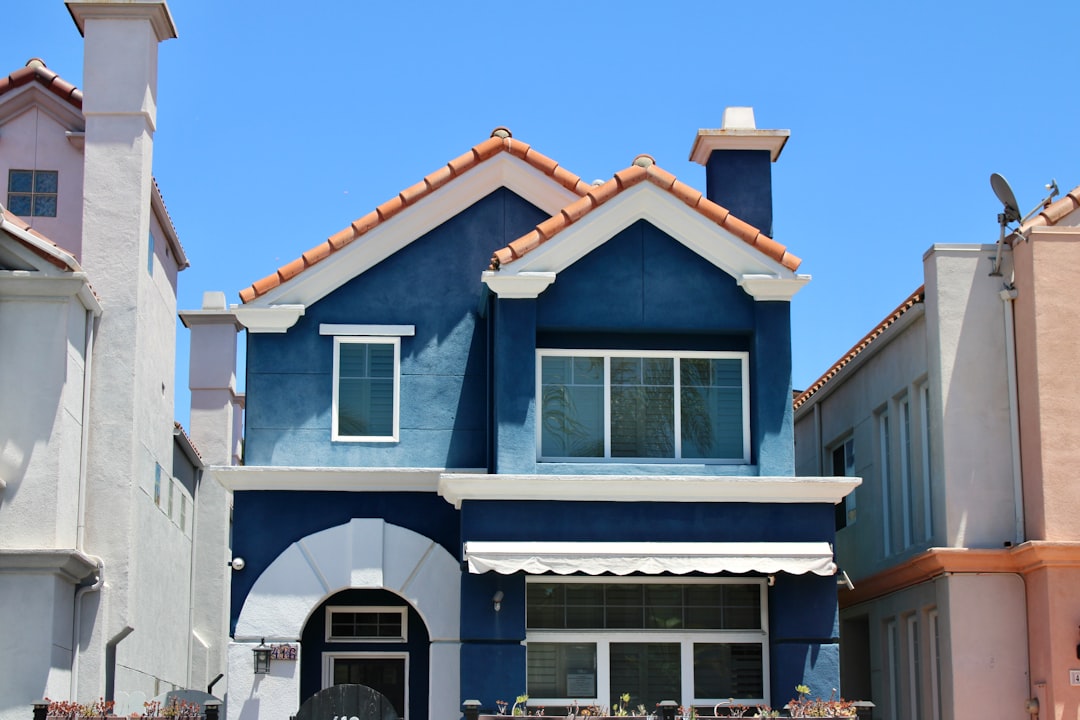
In San Diego's bustling construction scene, maintaining a clean job site is crucial for efficiency and client satisfaction. Construction cleaning costs can range from $0.35 to $0.55 per square foot, depending on the phase and complexity of the project. These costs are integral to project budgets and can significantly impact profit margins if not accurately estimated.
• High local wages due to California labor laws
• Waste disposal fees at regional facilities
• Limited space for dumpsters in urban areas
• Demand for eco-friendly cleaning products
• Seasonal labor shortages in coastal areas
• Rough construction clean (up to 2,500 sq ft): $0.35–$0.45 per sq ft
• Final turnover clean: $0.40–$0.55 per sq ft
• Hourly touch-up crew: $45–$60 per hour
CountBricks offers real-time integration of cleaning costs into project estimates, ensuring transparency and accuracy. By using our platform, contractors can quickly adjust to fluctuating rates and provide clients with detailed, up-to-date proposals.
• Schedule staggered cleans to reduce costs by 10-15%
• Sort recyclable debris to lower disposal fees
• Bundle services for multi-project discounts
• Monitor weather impacts to adjust cleaning schedules
A 3,100 sq ft renovation project optimized cleaning costs by implementing recyclable debris sorting and strategic scheduling, reducing expenses from $4,428 to $3,960. These savings were reinvested into project upgrades, enhancing client satisfaction.
Accurate estimation of cleaning costs is essential for maintaining profitability in San Diego's competitive construction market. CountBricks provides the tools needed to integrate these costs seamlessly into project budgets, ensuring clean sites and healthy margins.

High-end construction projects require specialized cleaning protocols to protect premium finishes. CountBricks offers curated cleaning solutions to ensure the integrity of luxury materials.
• Use pH-neutral solutions on natural stone
• Opt for electrostatic dusting to protect finishes
• Schedule floor refinishing last to prevent damage
A 4,800 sq ft oceanfront project utilized microfiber-only cleaning to protect custom millwork, saving an estimated $18,000 in potential refinishing costs.
CountBricks keeps cleaning protocols and rates dynamic, updating estimates in real-time as project specifications change. Visit CountBricks.com/services for more information.